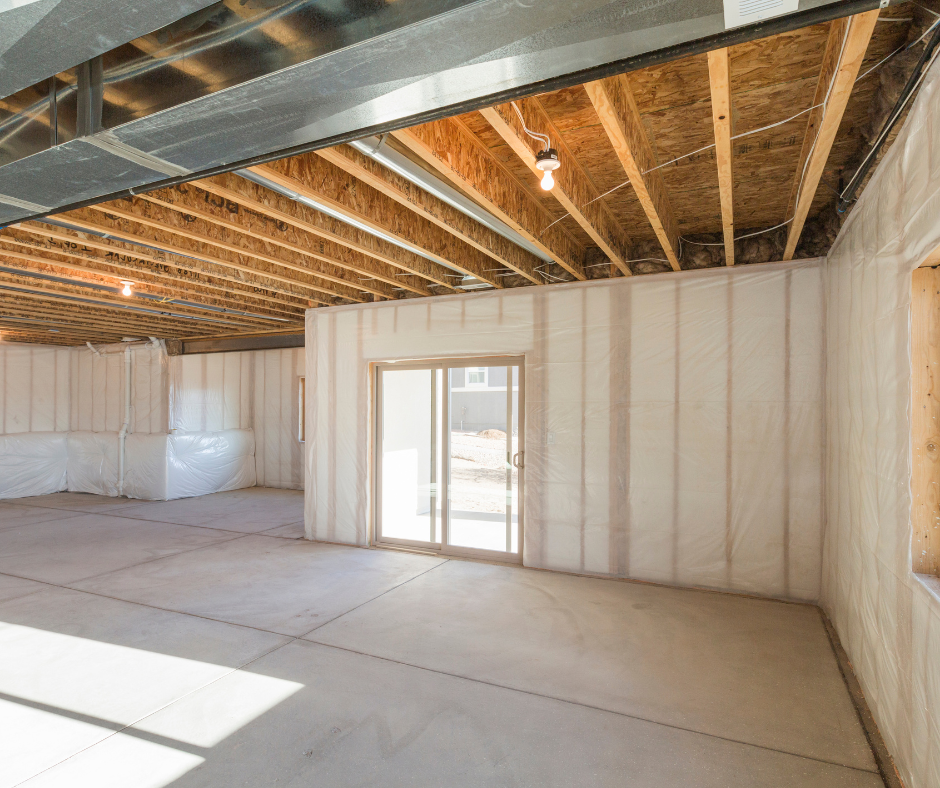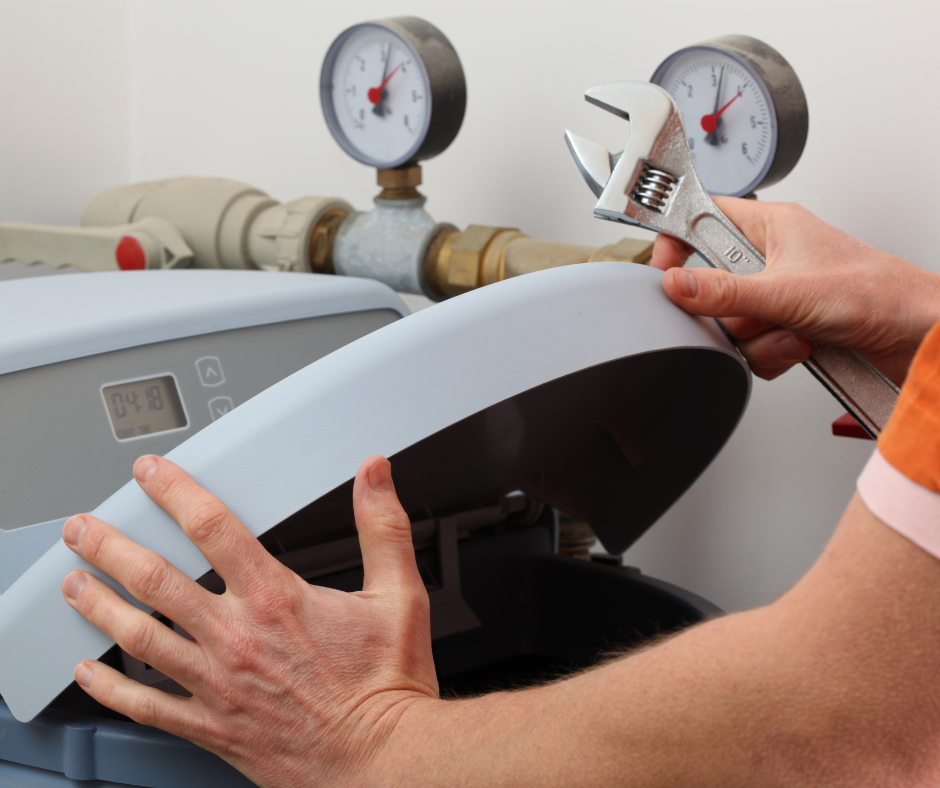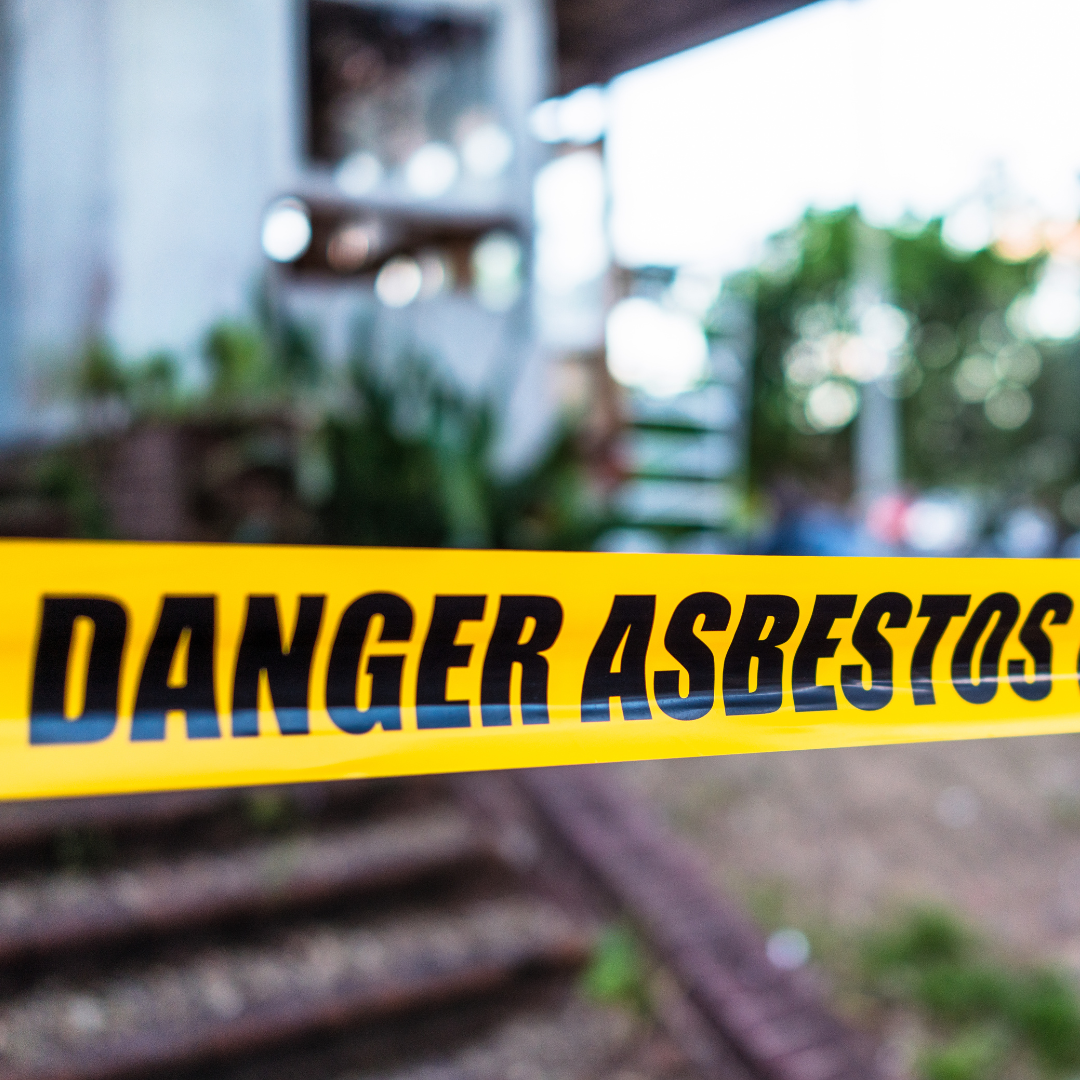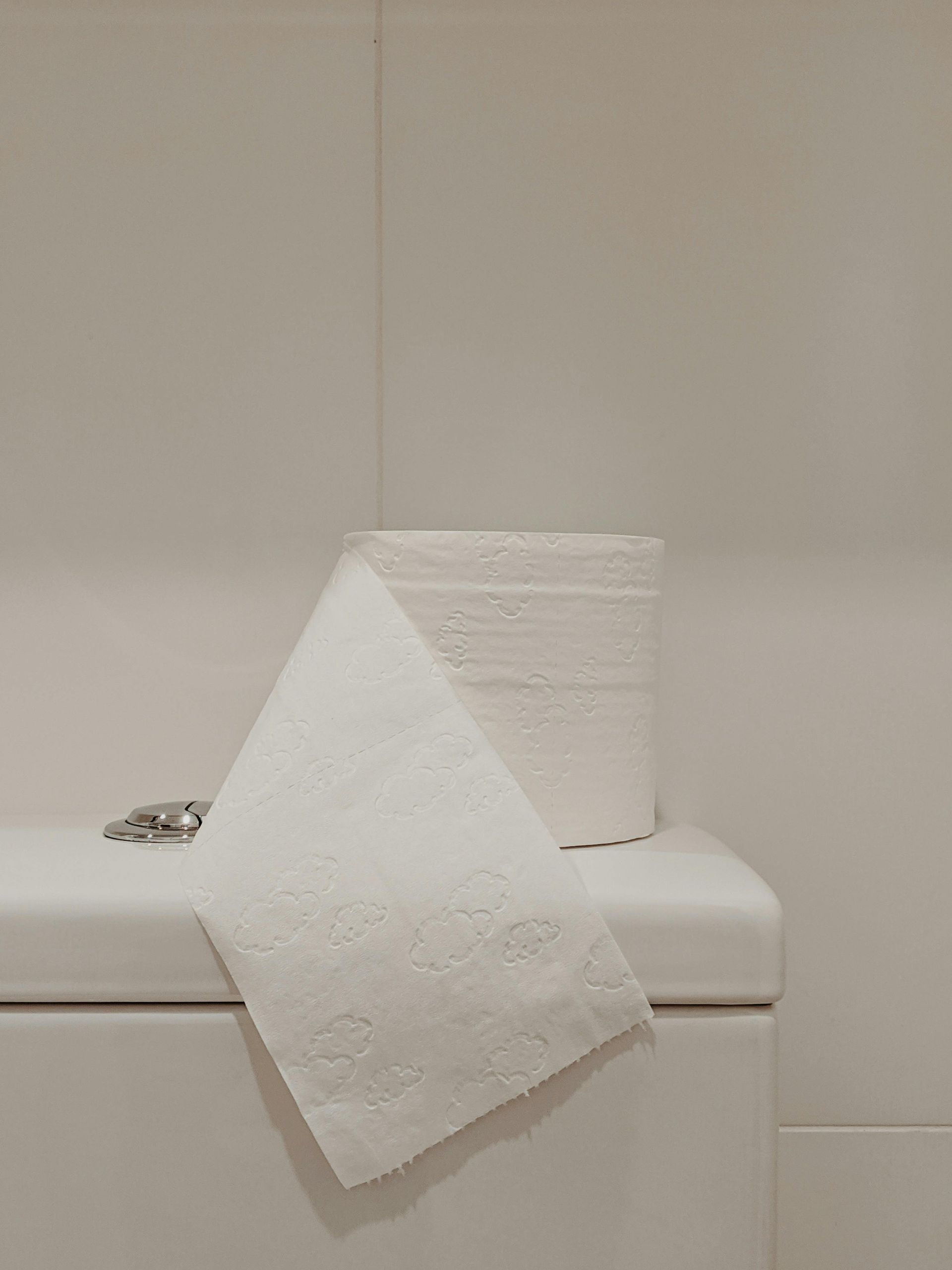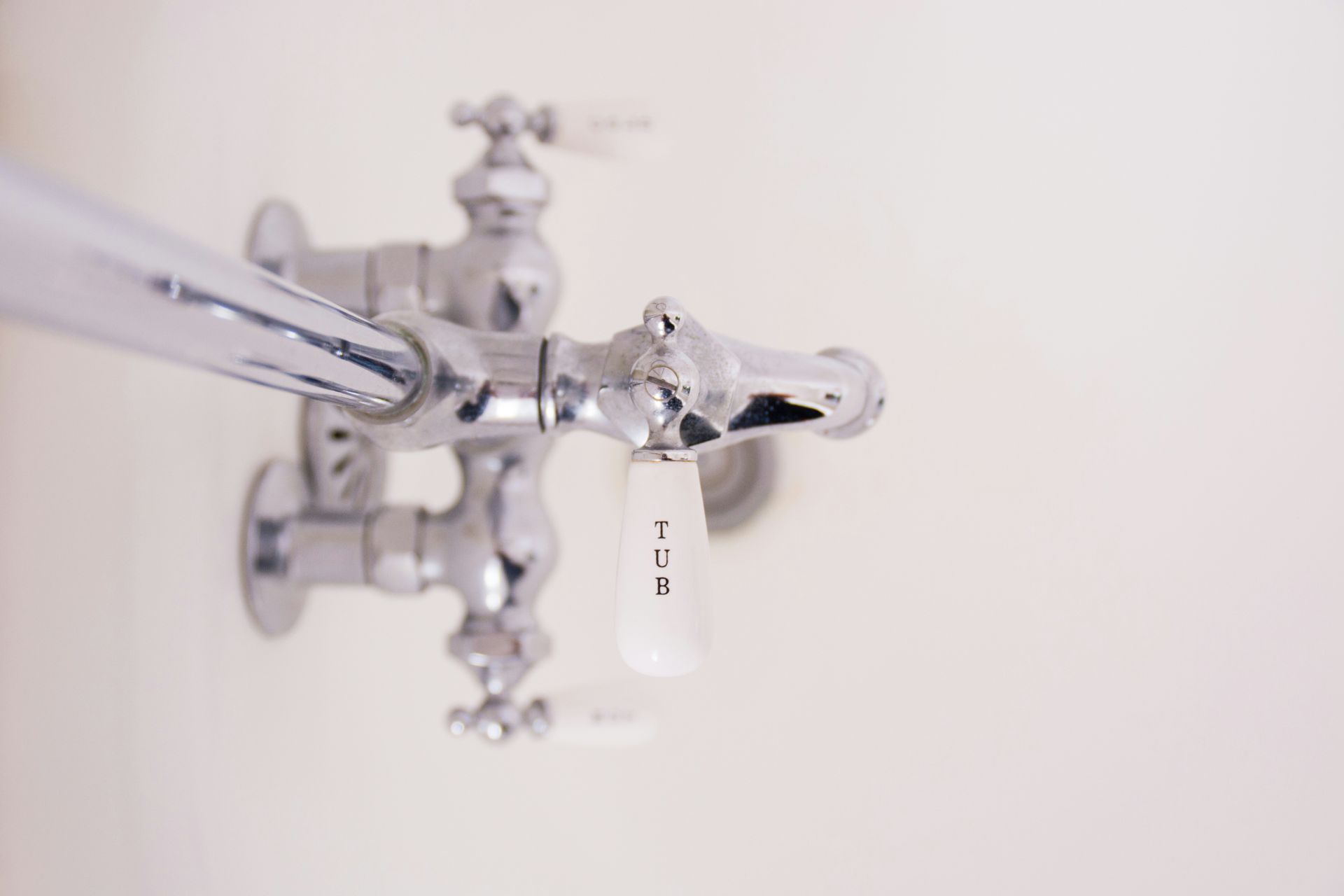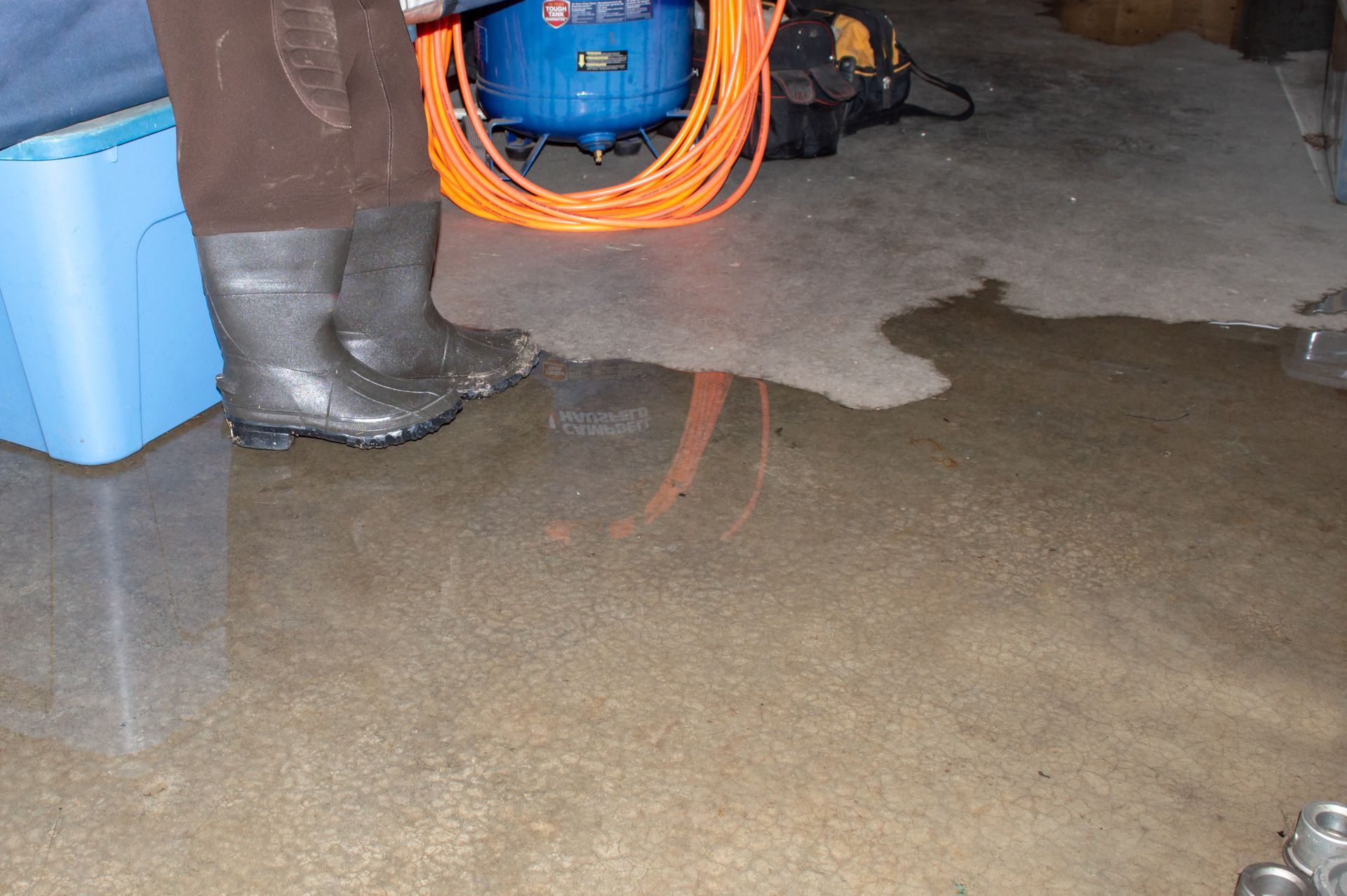Flooded Basement? Causes, Risks, and Urgent Actions for Kootenai & Spokane Homeowners
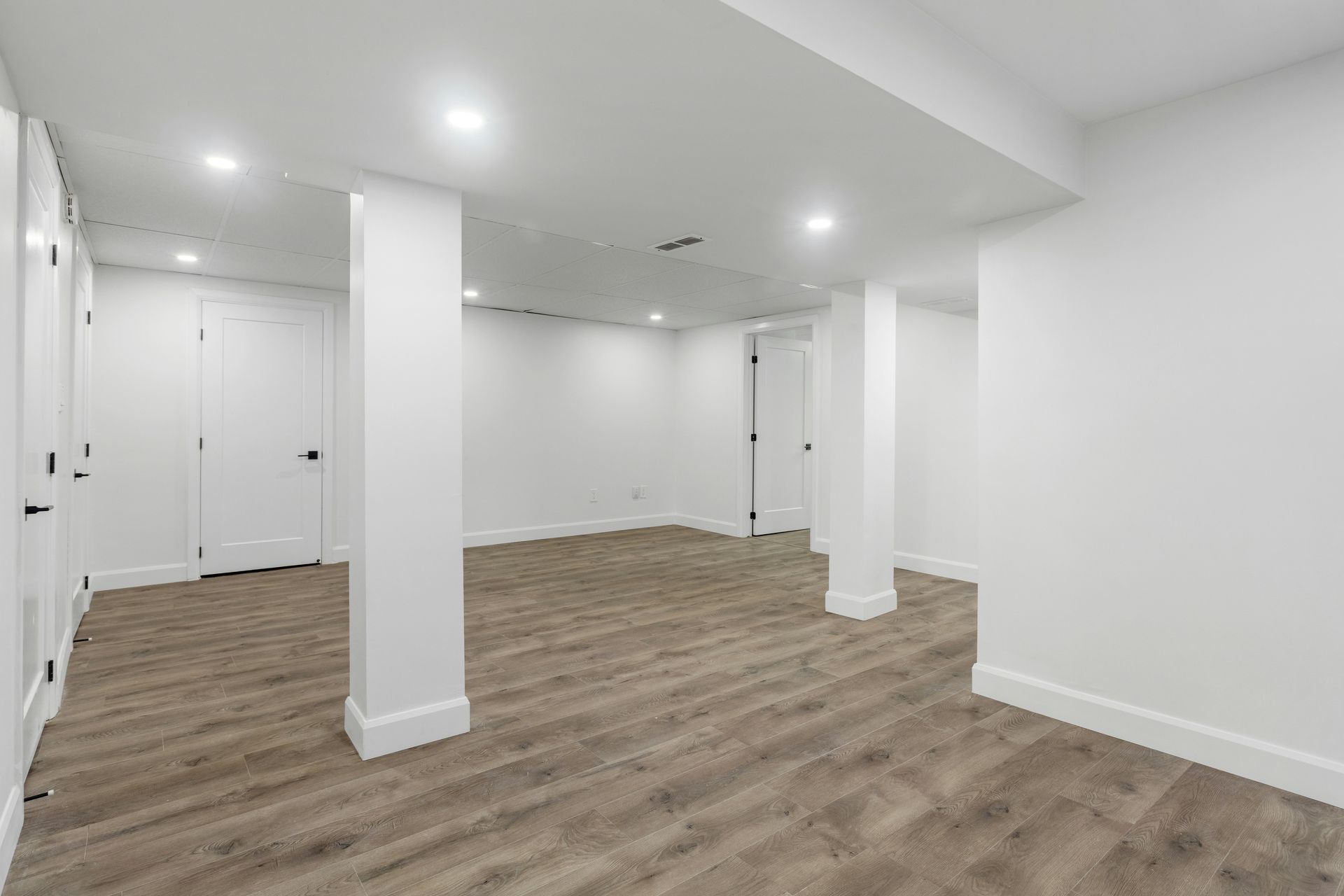
When Your basement floods, it’s more than just an inconvenience – it’s an emergency. Homeowners in North Idaho and Eastern Washington know that our region’s weather can be extreme, from heavy winter snow to spring downpours. We’ll explain common causes of basement flooding, the immediate risks to your home and health, and the critical steps you should take right away.
Common Causes of Basement Flooding in Kootenai & Spokane Counties
Local basements face a perfect storm of risk factors. Here are some of the most common causes of basement flooding in our area:
Rapid Snowmelt in Spring:
Kootenai County often sees major floods in winter and spring when warm rains fall on melting. A sudden thaw can send water seeping into foundations or overwhelming local streams. Snowmelt and “rain-on-snow” events have caused significant flooding in North Idaho. Homeowners may find water rising in their basements as the ground becomes saturated.
Heavy Rainstorms:
Intense rain can quickly flood a basement, especially after dry summers when soil struggles to absorb water. In fact, an atmospheric river or severe thunderstorm in the Inland Northwest can dump inches of rain in a short time If downspouts or yard drainage aren’t adequate. This may lead to rainwater finding its way through cracks or basement windows. In Spokane, heavy rain has even overwhelmed old sewer/stormwater systems, causing sewage to back up into basements, a homeowner’s worst nightmare.
Sump Pump Failures:
Many homes in Coeur d’Alene, Post Falls, and Spokane Valley have sump pumps to keep groundwater out of basements. But if a sump pump fails (due to a power outage, mechanical issue, or a pump that can’t handle the volume), water will accumulate fast. Sump pump malfunctions are one of the leading causes of basement floods. Imagine a big storm knocking out power – without a battery backup, the sump pump can’t run and your basement could flood within hours.
Burst Pipes & Plumbing Leaks:
Not all basement floods come from outside water. Plumbing issues inside your home can dump gallons of water below. In our cold climate, frozen pipes that burst are a major concern. A broken water supply line, a ruptured water heater, or even an overflowing toilet upstairs can lead to a flooded basement. These incidents often happen suddenly – a pipe could burst while you’re at work or asleep, leaving your basement carpet under several inches of water.
Sewer Backups:
Another hidden threat is a sewer backup. Older neighborhoods in Spokane (like parts of the South Hill) have combined sewer-stormwater lines. During heavy rains, these lines can become overwhelmed and push water (even sewage) backward into homes. Sewer backup flooding is extremely hazardous due to the contamination involved. Even newer homes are at risk if a city sewer line clogs or if you don’t have a backwater valve installed.
Immediate Risks After a Basement Flood
A flooded basement is dangerous in several ways. It’s not just water you’re dealing with – it’s what that water does to your home’s structure, your belongings, and even the air you breathe. Here are the urgent risks to consider:
Mold Growth (Health Hazard):
A wet basement is the perfect breeding ground for mold and mildew. Mold can start growing within 24 to 48 hours after water exposure. Once it takes hold, it spreads fast in dark, damp conditions. This poses serious health risks – mold spores can trigger allergies, asthma attacks, and other respiratory issues, especially in children or those with sensitivities. Even if the floodwater is cleaned up, any lingering moisture in carpets, drywall, or wood invites mold. The air quality in your home can decline rapidly as mold releases musty odors and toxins. (Tip: If you smell a persistent musty odor after a flood, it’s a red flag for mold.)
Structural Damage:
Water is incredibly destructive to a home’s structure. Flooding can weaken the foundation, walls, and floors of your house. Basement concrete can crack or shift when the surrounding soil expands with water. Wooden studs, subfloors, and supports can rot or warp if they remain waterlogged. Severe or untreated water damage can even compromise the structural integrity of your home’s foundation. Over time, this might lead to uneven floors or walls that bow – expensive problems that threaten your home’s safety. Simply put, standing water is doing ongoing damage every minute it sits in your basement.
Electrical Hazards:
Water and electricity are a deadly mix. If floodwater reaches any electrical outlets, appliances, or the breaker panel in your basement, there’s an immediate risk of electric shock or fire. Never enter a flooded basement until you’re sure the power is shut off. Even after the water is pumped out, damp electrical wiring can short out and cause a fire days or weeks later. Beyond electrocution risk, water can ruin HVAC systems, water heaters, washers/dryers and other appliances located in the basement. This adds significant replacement costs to the damage.
Contaminated Water & Health Risks:
Not all floodwater is “clean.” If the flooding source is a burst sewer line or overland flood, the water in your basement could contain bacteria, chemicals, even raw sewage. Floodwater is often contaminated with harmful substances unless it came from a clean source like a supply pipe. Coming into contact with such water can lead to skin infections, gastrointestinal illness, and other health problems. In one Spokane incident, a heavy rainstorm caused 4 inches of raw sewage to fill a basement within minutes – a toxic mess requiring specialized cleanup. Even water from a creek or groundwater can carry microbes or fuel runoff. This is why professional cleanup is critical; they have proper protective gear and know how to sanitize and dispose of contaminated materials safely.
As you can see, a flooded basement isn’t a DIY job you can put off until the weekend. The longer the water sits, the worse these problems get. Mold spreads, wood rots, and bacteria multiply. It’s an urgent situation for both your property and your family’s health.

Why a Fast, Professional Response Matters
Speed is essential when dealing with a basement flood. Water damage worsens with each passing hour, so acting quickly can make a huge difference in outcomes. Here’s why you need to call professionals for help immediately:
Mitigate Mold and Damage:
Time is critical – if water is removed and drying starts within 24-48 hours, you can often prevent mold growth. A fast response can also salvage furniture or carpets before they’re beyond repair. The sooner experts start water damage cleanup and drying, the less long-term damage your home will sustain.
Specialized Equipment:
Professional restoration teams like DryMax, arrive with industrial-grade equipment that a homeowner simply doesn’t have. Emergency water removal pumps and high-capacity vacuums can extract large volumes of water quickly. Powerful dehumidifiers and air movers then dry out the structure. We also use moisture meters to detect hidden pockets of water inside walls or under floors. This thorough approach is crucial – if any moisture is left trapped, it can lead to mold or structural issues later.
Safety and Expertise:
Entering a flooded basement can be dangerous. Professionals are trained to handle electrical hazards (ensuring power is off, etc.) and contaminated water. They have safety gear and know how to properly dispose of hazardous materials. Additionally, a certified water damage technician understands building systems and can assess if the structure is safe to work in or if there’s a risk of collapse or other hazards. Their expertise prevents further harm – both to the property and to you.
Preventing Secondary Damage:
A prompt professional response doesn’t just fix the current damage; it prevents secondary issues. For example, quickly stabilizing the environment can prevent a mold infestation that would require a separate costly remediation. Fast action can also protect your home’s resale value by avoiding extensive reconstruction. In short, bringing in experts immediately can save you thousands of dollars by reducing the scope of damage. As many water damage restoration experts know, even a small clean-water flood can turn into a big problem if not addressed promptly.
In our area, you also want a team that knows the local conditions – from Coeur d'Alene to downtown Spokane, DryMax Restoration comes in with 24/7 emergency services.
How DryMax Restore Helps with Flood Cleanup
DryMax Restore is a locally owned emergency restoration company specializing in basement flood cleanup and water damage restoration across Kootenai County and Spokane County. When you’re facing a basement full of water, DryMax is ready at a moment’s notice with the expertise and equipment needed to get your home dry and safe again. Here’s what our team does to help:
24/7 Emergency Water Removal – Spokane to Coeur d’Alene: Floods don’t wait for business hours, and neither do we. The moment you call, our emergency water removal Spokane team mobilizes to your property. We serve the entire region, so whether you’re in Spokane, Post Falls, or Coeur d’Alene, we can typically arrive quickly, even in the middle of the night. Our technicians will immediately begin pumping out standing water using high-capacity extractors. Quick water removal halts the progression of damage and lets us start the drying process sooner.
Cleaning and Sanitizing:
Floodwater can leave behind dirt, silt, or sewage contaminants. Before the Drying begins we need to clean and sanitize the area. We use professional-grade cleaners and disinfectants on floors, walls, and any salvageable belongings. This not only ensures your basement is hygienic, but it also helps eliminate any lingering odors from the water or mold.
Thorough Drying and Moisture Control:
After the bulk of the water is removed, we focus on drying every affected surface. We deploy industrial air movers (fans) and dehumidifiers throughout the basement to pull moisture out of the air and structure. We also perform detailed moisture checks in walls, floors, and hard-to-reach spaces – using infrared cameras and moisture meters – to find any hidden wet spots. This step is vital to prevent mold. Our advanced drying techniques and continuous monitoring ensure that your basement is completely dry, not just “surface dry.”
Mold Prevention and Remediation:
Because mold can take root so quickly, DryMax takes proactive steps to stop it. We apply antimicrobial treatments on damp surfaces to inhibit mold and bacteria. If mold has already started (for instance, in a slow, unnoticed leak), we can perform safe mold remediation. Our team is trained in mold removal – we isolate the area, use air scrubbers with HEPA filters, and clean or dispose of contaminated materials as necessary. The goal is to leave your basement clean and mold-free, with air quality back to healthy levels.
Smooth Insurance Claims Assistance:
At DryMax Restore, we understand that dealing with insurance claims after a flooded basement can be stressful and confusing. That's why we provide full support to make the process as smooth as possible. Our team works directly with your insurance company, ensuring clear communication and thorough documentation every step of the way. We help by:
- Documenting all damage clearly with photos, moisture readings, and detailed reports for your insurance adjuster.
- Communicating directly with your insurer, saving you the hassle and ensuring accuracy in your claim.
- Providing transparent, itemized invoices to streamline the reimbursement process and minimize delays.
DryMax Restoration has years of experience with flood cleanup. Our technicians are IICRC-certified (Institute of Inspection Cleaning and Restoration Certification) and highly trained in flood response. We bring professional integrity, fast response times, and local knowledge of the specific flooding issues in the Inland Northwest. When we arrive, you can breathe a sigh of relief knowing experts are on the job.

Preventive Tips to Avoid Basement Floods
While we’re always here to help in an emergency, we’d love for you to avoid a basement flood in the first place. Homeowners can take several proactive steps to reduce the risk of flooding, especially given our region’s weather patterns.
Maintain Your Sump Pump:
If you have a sump pump, check it regularly. Test it by pouring water into the sump pit to make sure it kicks on. Consider installing a battery backup or generator hookup so the pump works during power outages (common during big storms). A backup sump pump system can be a lifesaver during heavy rains when the power goes out.
Clear Gutters and Extend Downspouts:
Keep your gutters free of leaves and debris so they don’t overflow next to your foundation. Ensure downspout extensions carry water at least 6–10 feet away from the house. This prevents rainwater from pooling around your basement walls. Also make sure your yard is graded to slope away from the foundation – even a slight slope helps direct runoff away.
Seal Cracks and Inspect Waterproofing:
Periodically inspect your basement walls and floor for any cracks or gaps. Seal small cracks with appropriate sealant to help keep groundwater out. If you have chronic seepage issues, consider professional basement waterproofing solutions (interior drains, sealant, or exterior waterproof membranes). It’s also wise to install (or check) weather stripping on basement windows and entry doors.
Protect Your Pipes:
In winter, prevent burst pipes by insulating those in cold areas (crawlspaces, exterior walls) and keeping your home heated even when you’re away. Know where your main water shutoff valve is – and test it – so you can turn off the water quickly if a pipe or water heater breaks. Replacing old water heaters or rusty plumbing proactively can also reduce the chance of an internal flood.
Install a Sewer Backflow Valve:
If your home is at risk of sewer backups (consult your plumber or if you’ve experienced one before), consider a backflow prevention valve in your main sewer line. This one-way valve lets wastewater out, but not back in, protecting your basement drains in case the city sewer backs up. It’s a smart investment for older homes in areas like downtown Spokane or Coeur d’Alene.
Keep Basement Floor Clear:
As a minor tip – store important items off the basement floor or on shelves. Use plastic bins instead of cardboard boxes for storage. This won’t prevent a flood, but it can minimize damage to your belongings if water does enter. Also consider elevating major appliances like washers or furnaces on concrete blocks or platforms.
By taking these precautions, you can greatly reduce the likelihood of a basement flood or at least limit the damage if one occurs. However, despite our best efforts, Mother Nature sometimes wins or unforeseen accidents happen. When water starts rising, remember that professional help is just a phone call away.
Don’t Wait – 24/7 Emergency Help is Available
A flooded basement demands immediate action. The longer you delay, the more damage your home will endure. If you’re dealing with a basement flood (or even just a serious leak or water intrusion), contact DryMax Restoration right away for prompt, expert assistance. We offer 24/7 emergency basement flood cleanup and emergency water removal.
Call DryMax Restore now and let our professional team safeguard your home and health. We respond fast, servicing Post Falls, Coeur d'Alene, Rathdrum, Hayden, Liberty Lake, Otis Orchards, Spokane Valley, Downtown Spokane, and everywhere in between. Don’t risk mold, structural damage, or costly repairs by waiting – we’re here 24/7 to restore your basement. Reach out today to get immediate help and restore your home to safety and dryness!


